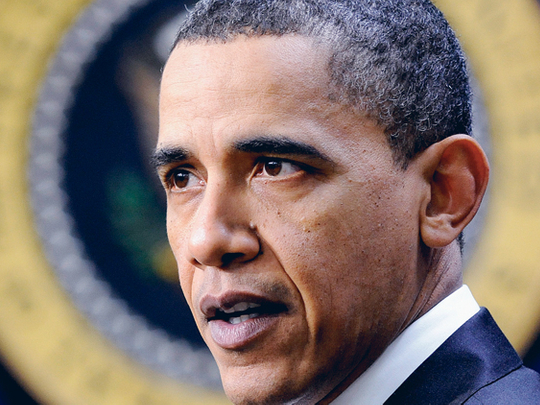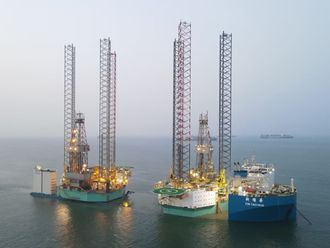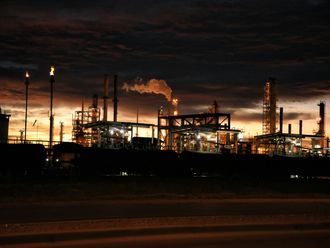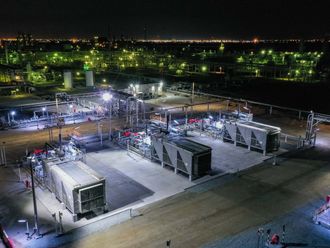
New York: Opening more of America's coastlines to oil and natural gas drilling won't cut energy prices any time soon. And it won't greatly reduce the US dependence on foreign oil.
But it could bring sizable royalties for a handful of states and soften the blow of future price spikes.
President Barack Obama on Wednesday said he wants to give the petroleum industry access to the southern Atlantic coastline, the eastern Gulf of Mexico and more of Alaska's coast. He cited the growing US thirst for energy, its large dependence on foreign energy sources and the need to create jobs as reasons behind the decision.
Obama also wants to woo Republican support for a climate change bill that would cause financial pain for many producers of fossil fuels.
So, just how would his proposed offshore drilling plan affect US energy supplies and prices? And what about the economy?
Resources
Where will companies be allowed to drill, and exactly how much is down there?
Oil and gas resources would be developed about 80 kilometres off the Virginia coast and more than 200 kilometres from Florida's coast in the eastern Gulf of Mexico. The government also will allow oil exploration in the Arctic Ocean. Obama doesn't support drilling at Bristol Bay in Alaska because of environmental concerns. He said proposed leases in that area would be cancelled.
It's always tough to say exactly how much oil and gas lies under the ocean. But if drillers are able to tap as much as the government estimates in the areas to be opened for exploration, they could pump enough to cover a 15-year supply of oil and a 22-year supply of natural gas for America.
In the Gulf, there's anywhere from 36 billion to 41.5 billion barrels of undiscovered, recoverable oil and 161 trillion to 207 trillion cubic feet of undiscovered natural gas, according to the Minerals Management Service.
There's another 39 billion to 63 billion barrels of oil and 168 trillion to 294 trillion cubic feet of natural gas in eight planning areas in the Arctic and Atlantic oceans that are under consideration for leases between 2012 and 2017.
Will this affect gasoline prices?
Very little. Opening previously restricted areas to drilling would cut oil prices by less than 3 cents per 3.79 litres by 2030, which would have little effect on gasoline prices, according to Michael A. Levi, an energy expert at the Council on Foreign Relations.
Benefits
There would be other benefits, however. Both the federal government and some coastal states would receive royalties for the oil produced. Those royalties would help offset the impact of the expected rise in energy costs.
"If oil prices went up, consumers would be spending more, but more money would be flowing in because of all the oil that was sold," Levi said.
When will drilling begin, and when will we see oil flowing to US refineries?
Exploratory drilling could begin as early as this summer in the Chukchi and Beaufort seas in the Arctic. That is only for a preliminary study to determine if those areas are suitable for future leases. Elsewhere, the Department of the Interior plans to hold sales for leases in the Gulf of Mexico, off the Virginia coast and in the Cook Inlet in Alaska by 2012.












